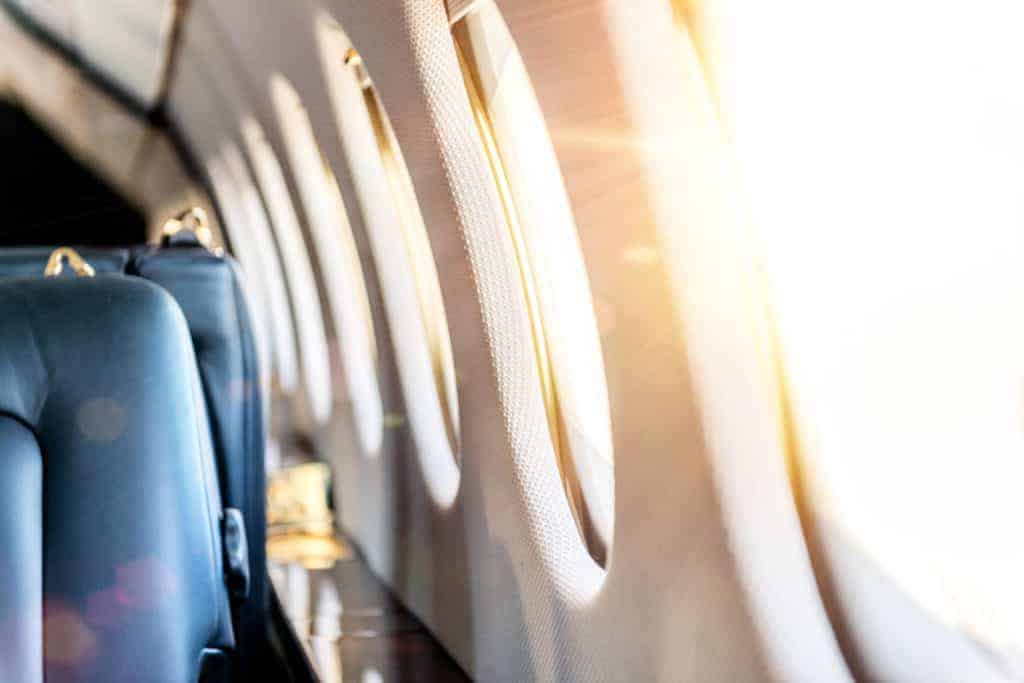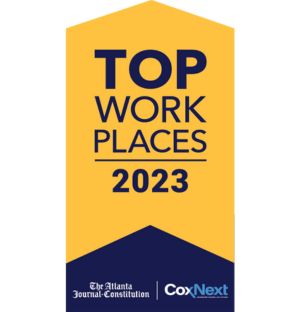The IRS recently issued guidance on how businesses, self-employed individuals and qualified employees can use the per diem rules to substantiate their business travel expenses for tax purposes. The guidance in Revenue Procedure 2019-48 modifies 2011 guidance to reflect changes made by the Tax Cuts and Jobs Act (TCJA).
In a nutshell, the per diem rules themselves haven’t significantly changed. Primarily, RP 2019-48 deletes guidance for taxpayers who, before the TCJA, were allowed to deduct certain unreimbursed business travel expenses. Here’s a refresher on what changed under the TCJA and the rules for using per diem rates.
The TCJA and business expenses
The Tax Cuts and Jobs Act (TCJA) temporarily suspends all miscellaneous itemized deductions that are subject to the 2% floor, until 2026. The suspension applies to most employees’ miscellaneous itemized deductions for unreimbursed business expenses — including the costs of operating an automobile for business and unreimbursed travel costs.
But self-employed individuals and qualified employees (including Armed Forces reservists, qualifying state or local government officials, educators, and performing artists) are still allowed to deduct unreimbursed expenses during the suspension. The suspension doesn’t preempt the deductions because these taxpayers can claim the expenses “above the line,” or when computing their adjusted gross income (AGI), rather than as itemized, below-the-line deductions. The guidance provides rules for how to do so.
Using the business standard rate
The TCJA amended the tax code to generally disallow a business’s deductions for expenses related to entertainment, amusement or recreation incurred or paid after December 31, 2017. A business still may claim deductions for employees’ reimbursed business travel expenses for lodging, meals and certain incidentals. Food and beverage expenses related to business travel away from home remain subject to a 50% limit, though. (Different rules and rates apply to the transportation industry.)
The TCJA also suspended all miscellaneous itemized deductions that are subject to the 2% floor until 2026, including most deductions for employees’ unreimbursed business travel expenses. Self-employed taxpayers and qualified employees (military reservists and certain state or local government officials, educators, and performing artists), however, can continue to deduct unreimbursed expenses for travel away from home.
The tax code requires all such expenses, whether claimed on a business’s or an individual’s tax return, to be substantiated. Rev. Proc. 2019-48 provides rules for using a per diem rate to substantiate an employee’s lodging, meal and incidental expenses — or meal and incidental expenses only — that a payer (an employer, its agent or a third party) reimburses. Self-employed individuals and qualified employees may use the rules to substantiate their unreimbursed expenses for business travel.
The guidance makes clear that neither businesses nor individuals must use the methods described. They can instead substantiate actual allowable expenses if they maintain adequate records.
The per diem rules
When a business pays a per diem allowance for lodging, meal and incidental expenses, the amount considered substantiated for each calendar day equals the lesser of 1) the per diem allowance, or 2) the amount computed at the federal per diem rate for the relevant location (generally, the U.S. General Services Administration’s per diem rate for federal workers who travel, which varies by location and time of year). Incidental expenses are limited to fees and tips given to porters, baggage carriers, bellhops and hotel staff.
As long as the employee provides time, place and business purpose substantiation (receipts aren’t required), the per diem is treated as made under an accountable plan, meaning it isn’t reported as wages or other compensation or subject to employment tax withholding and payment.
If the business pays a per diem allowance only for meal and incidental expenses (M&IE), the amount substantiated for each calendar day is the lesser of 1) the allowance for that day, or 2) the amount computed at the federal M&IE rate for the location for that day or partial day.
A per diem allowance is treated as paid for M&IE only if:
- The business pays the employee for actual expenses for lodging based on receipts,
- The business provides the lodging,
- The business pays the actual lodging expenses directly to the lodging provider,
- The business doesn’t have a reasonable belief that the employee will or did incur lodging expenses, or
- The allowance is computed on a basis similar to that used to compute an employee’s compensation (for example, hours worked or miles traveled).
Employees again must substantiate the time, place and business purpose of the travel.
Self-employed individuals and qualified employees can substantiate their deductions for M&IE by using an amount computed at the federal rate for the location for each calendar day or partial day of travel. The individual or employee also must document the time, place and business purpose.
If such individuals have incidental expenses but no meal expenses for a calendar day or partial day, they can use the $5 per day incidental-expense-only rate. It, too, will be considered substantiated with documentation of the time, place and business purpose of the travel.
The high-low substantiation method
Alternatively, a business that pays a per diem can use the high-low method to substantiate lodging, meal and incidental expenses or M&IE only. Employees and self-employed individuals, however, aren’t permitted to use this method instead of the M&IE deduction method described above.
Under the high-low method, a uniform high rate applies to all of the designated high-cost locations and a low rate to every other location in the continental United States. The appropriate rate applies as if it were the federal per diem rate for the location, so the amount of expenses substantiated for each calendar day equals the lesser of the actual per diem allowance for that day or the applicable high-low rate.
The federal per diem rates for high-low purposes as of October 1, 2019, are:
- $297 for travel to any high-cost location, including $71 for M&IE,
- $200 for travel to any other location in the continental United States, including $60 for M&IE, and
- $5 per day for incidental expenses only.
IRS Notice 2019-55 lists the high-cost locations for 2019-2020 and includes some changes from the previous year’s list. Transition rules apply in the final three months of a calendar year.
Businesses that use the high-low substantiation method for an employee must apply the method for all amounts paid to that employee for travel away from home within the continental United States during the calendar year. It can use any permissible method of reimbursement.
Effective now
The guidance is effective for per diem allowances for lodging, meal and incidental expenses, or M&IE only, that are paid to an employee on or after November 26, 2019, for travel on or after that date. For purposes of self-employed individuals and qualified employees who travel, it’s effective for meal and incidental expenses or incidental expenses only paid or incurred on or after the same date.
© 2019





